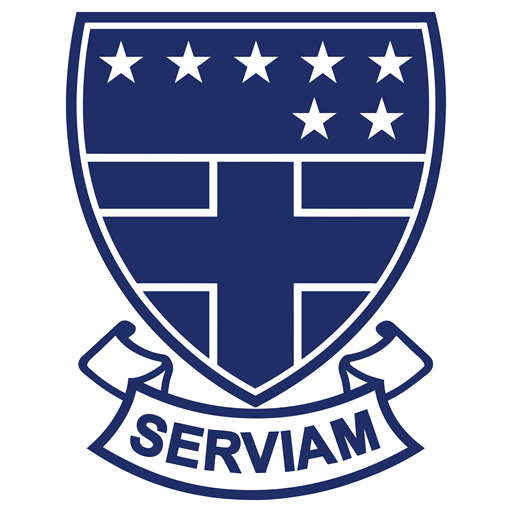Design & Technology

St Ursula’s School

Design Technology Curriculum Intent
Through the Design Technology curriculum we aim to develop a critical awareness of the made and natural environment within a variety of social contexts. We challenge students to foster curiosity, ingenuity and imagination through their personal involvement with concepts and materials in the design world. Our curriculum strives to increase pupils’ understanding of the physical, social, emotional, intellectual and aesthetic needs of people. This involves identifying and solving real needs through creative Design and Technology based activity. Students will identify the resources needed for the solution of problems and identify constraints which may influence proposed solutions. A key skill that we develop in our students is the communication skill necessary to give, in a clear and appropriate form, information about a product, system or environment. Across the Design Technology curriculum students demonstrate the skills to create or model a product and then be able to evaluate its success against the original specification.
Key Stage 4
Design and Technology is a practical subject area which requires the application of knowledge and understanding when developing ideas, planning, producing products and evaluating them. Students develop a very wide range of skills whilst deepening their knowledge and understanding of global issues. They will:
- Design products to meet the needs of clients and consumers
- Understand the design principles of form, function and fitness for purpose
- Understand the role that designers and product developers have, and the impact and responsibility they have on and to society
- Develop and use design briefs and specifications for product development
- Consider the conflicting demands that moral, cultural, economic, and social values and needs can make in the planning and in the designing of products
- Consider environmental and sustainability issues in designing products
- Consider health and safety in all its aspects
- Reflect critically when evaluating and modifying their design ideas and proposals in order to improve their products throughout inception and manufacture
- Understand the need to protect design ideas
In constructing products students will:
- Select and use tools/equipment and processes to produce quality products;
- Consider the solution to technical problems in the design and manufacture process;
- Manufacture products applying quality control procedures;
- Have knowledge of Computer-Aided Manufacture (CAM)
- Ensure, through testing, modification and evaluation, that the quality of their products is suitable for intended users and devise modifications where necessary that would improve the outcome(s);
- Understand the advantages of working as part of a team when designing and making products.
Links to curriculum maps:
Links to useful sites for KS4 students, parents and members of the public
http://www.aqa.org.uk/subjects/design-and-technology/gcse/design-and-technology-product-design-4555
http://www.wjec.co.uk/qualifications/hospitality-and-catering/
